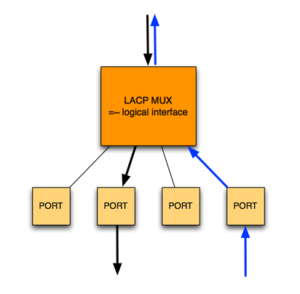Western Digital plans 40TB drives, but it’s still not enough
Hard disk makers are using capacity as their chief bulwark against the rise of solid-state drives (SSDs), since they certainly can’t argue on performance, and Western Digital — the king of the hard drive vendors — has shown off a new technology that could lead to 40TB drives.Western Digital already has the largest-capacity drive on the market. It recently introduced a 14TB drive, filled with helium to reduce drag on the spinning platters. But thanks to a new technology called microwave-assisted magnetic recording (MAMR), the company hopes to reach 40TB by 2025. The company promised engineering samples of drive by mid-2018.Also on Network World: Get ready for new storage technologies and media MAMR technology is a new method of cramming more data onto the disk. Western Digital’s chief rival, Seagate, is working on a competitive product called HAMR, or heat-assisted magnetic recording. I’ll leave it to propeller heads like AnandTech to explain the electrical engineering of it all. What matters to the end user is that it should ship sometime in 2019, and that’s after 13 years of research and development. To read this article in full or to leave a comment, please click here

 Docker support follows on the heels of Mesosphere adoption of Kubernetes.
Docker support follows on the heels of Mesosphere adoption of Kubernetes.